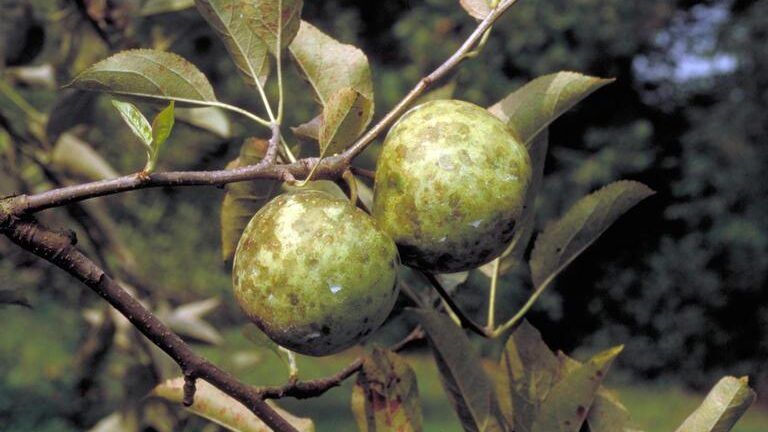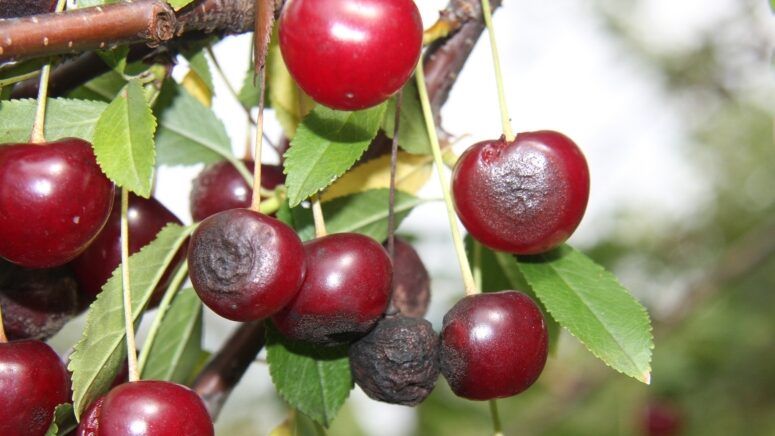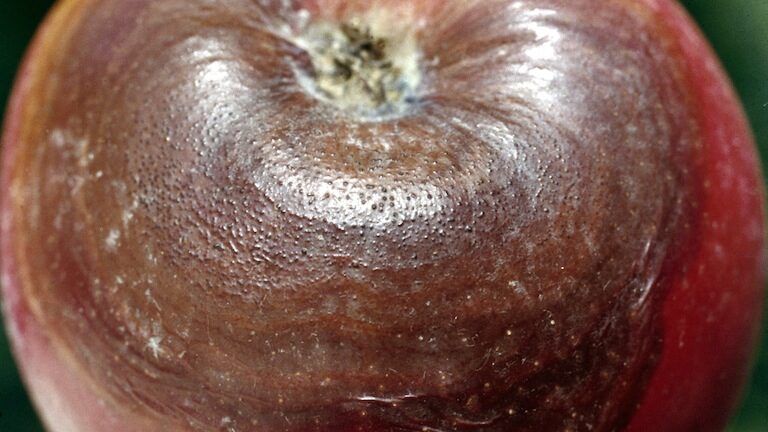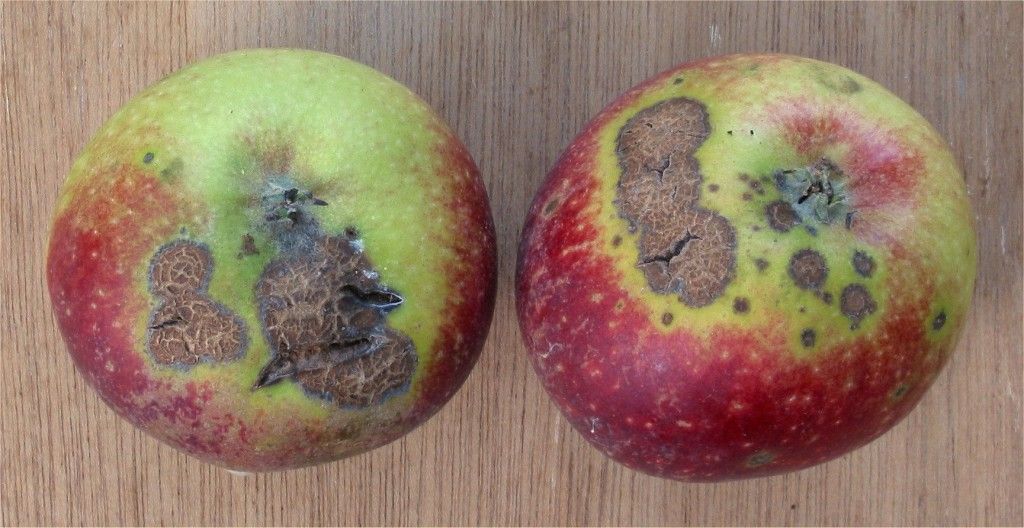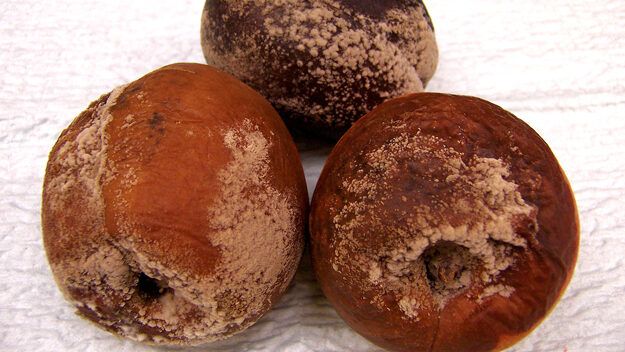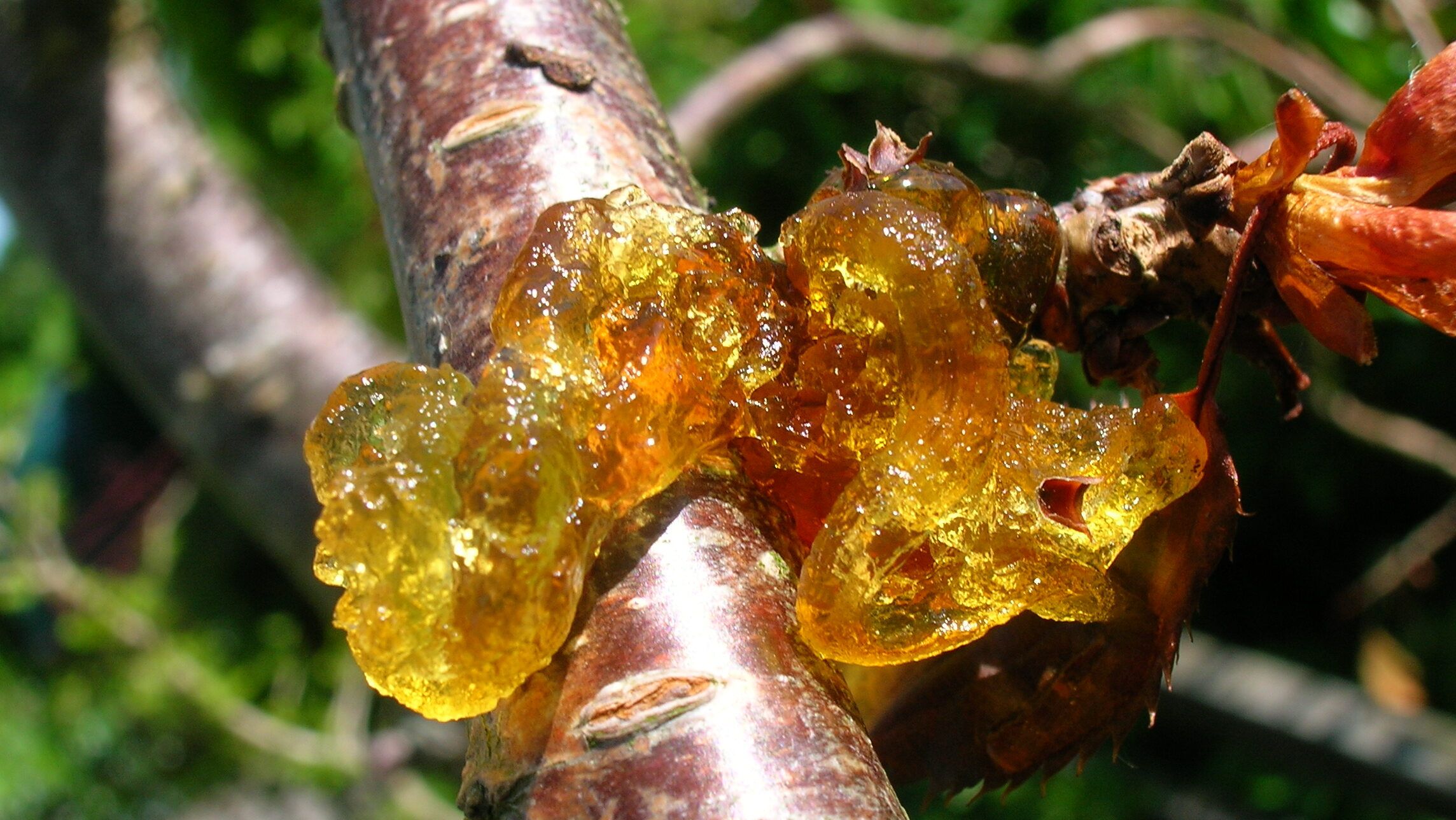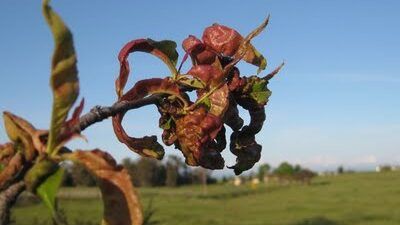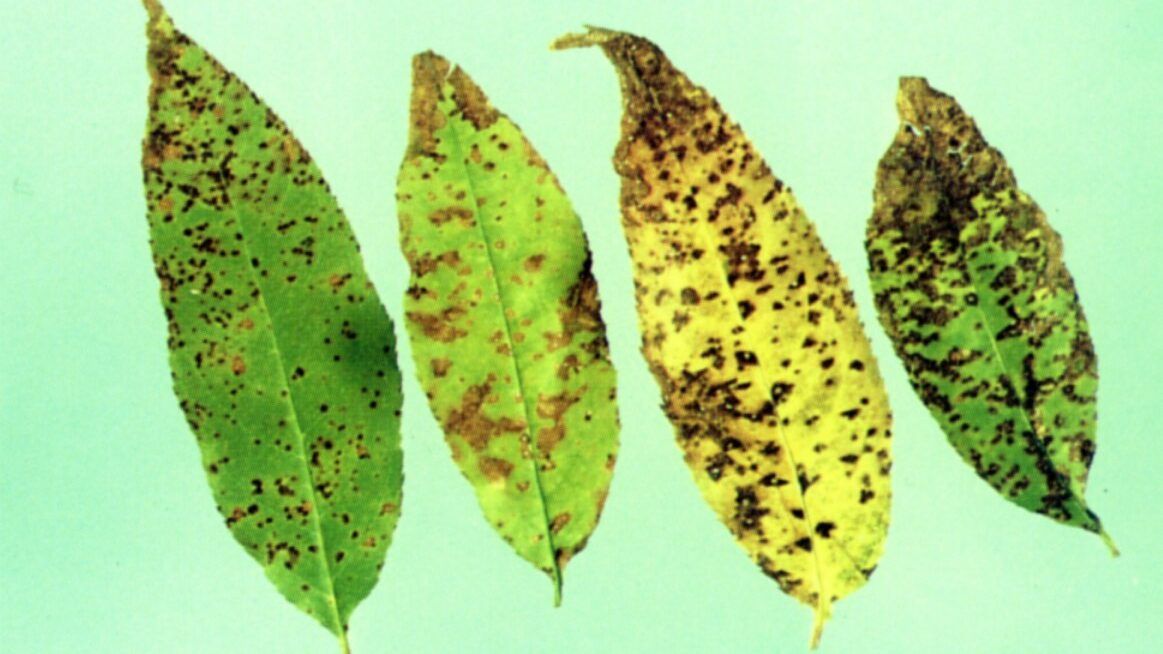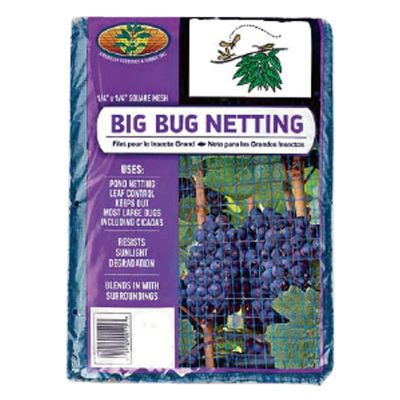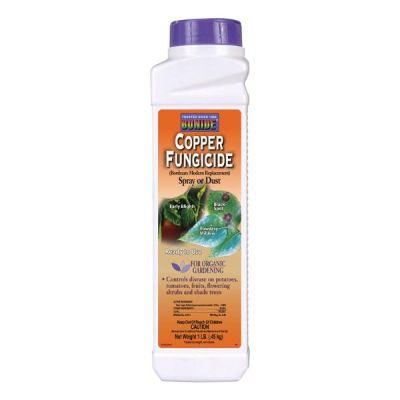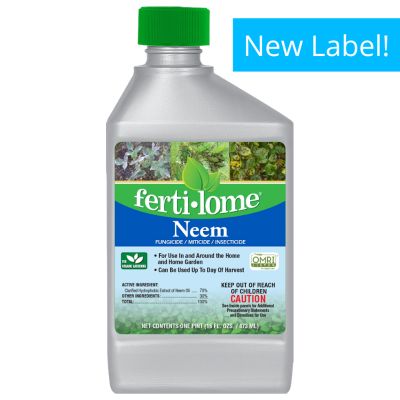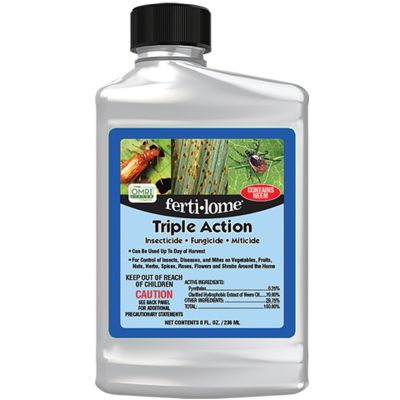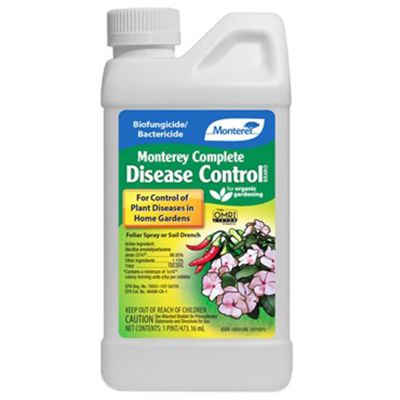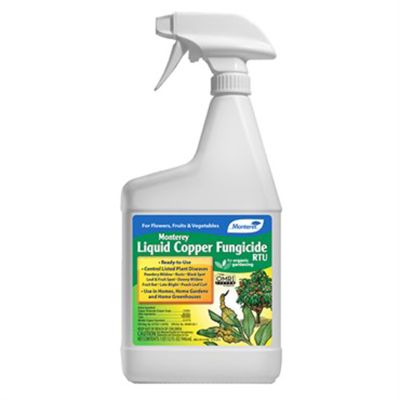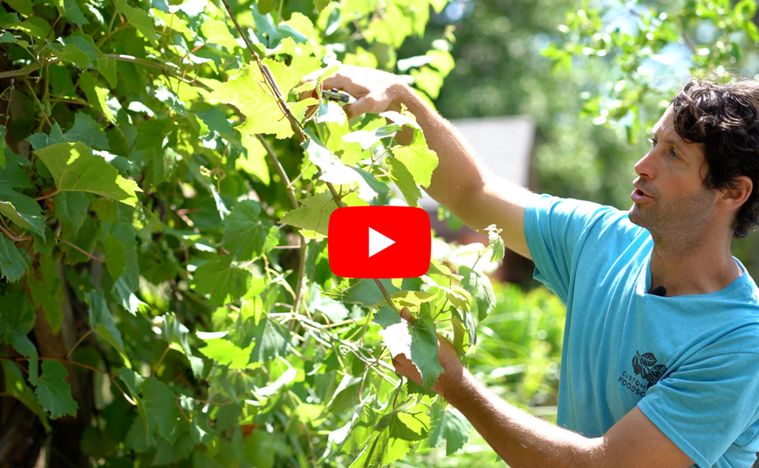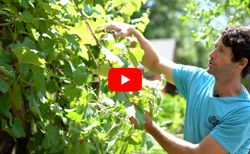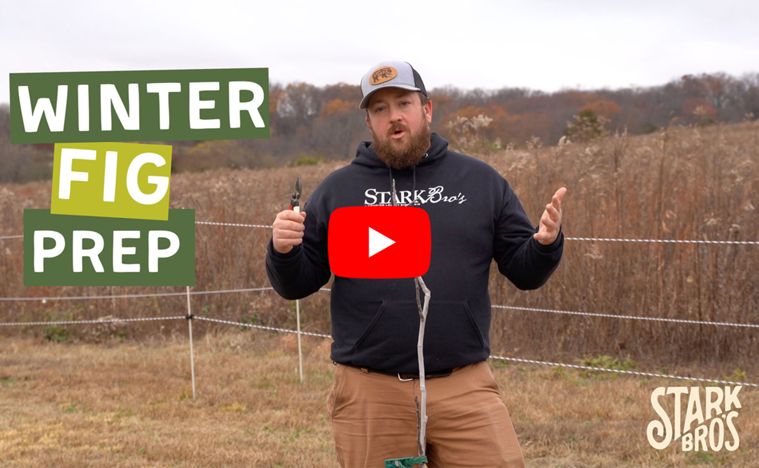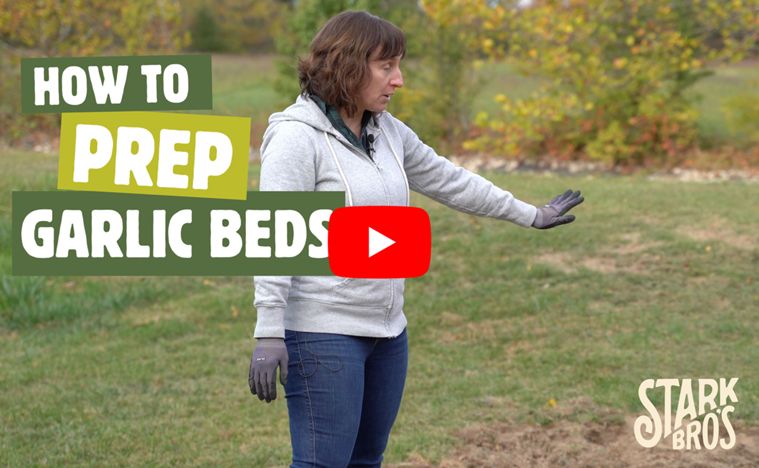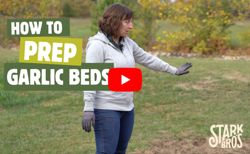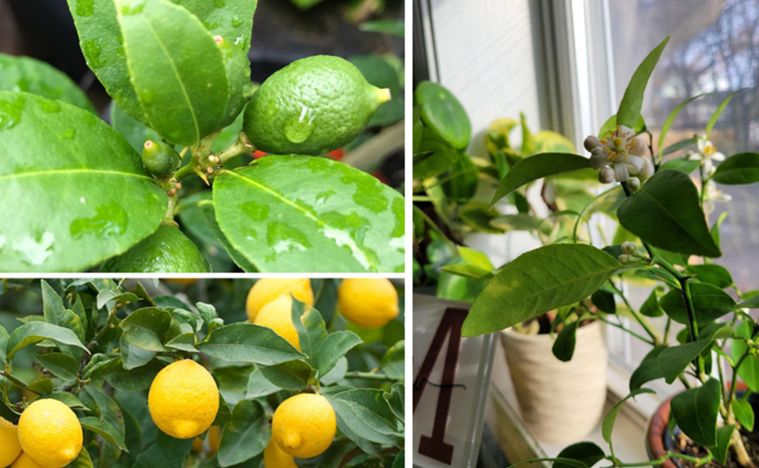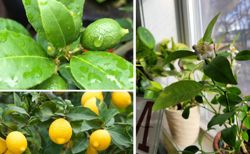Fruit Tree Care: Organic Disease Control
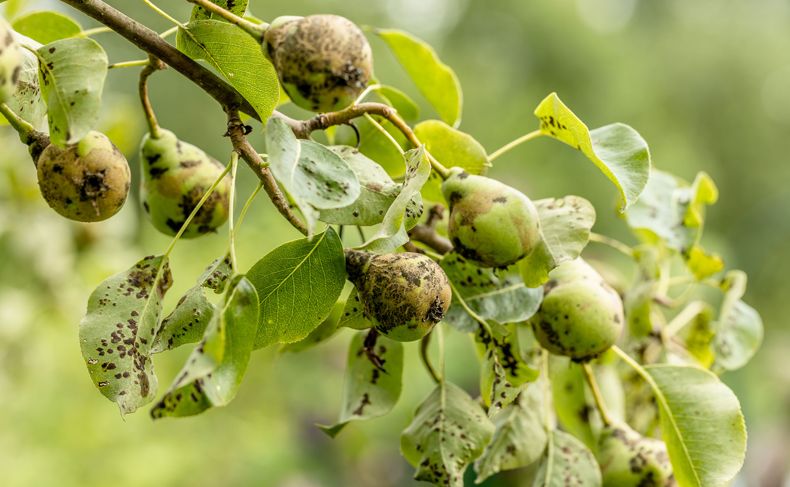
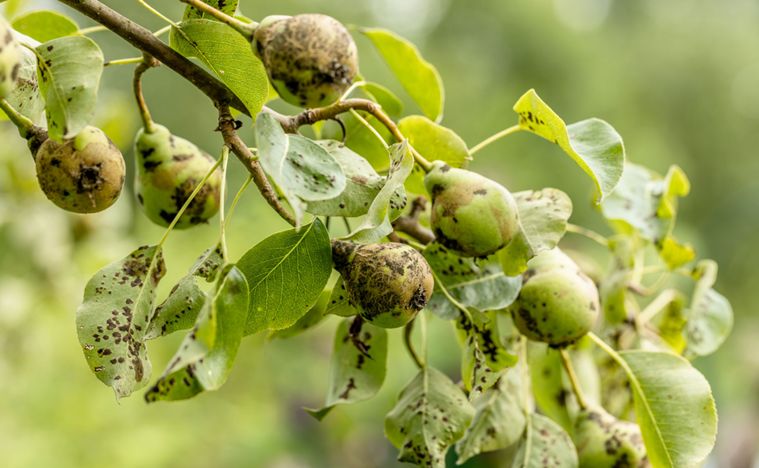
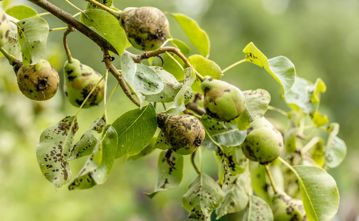
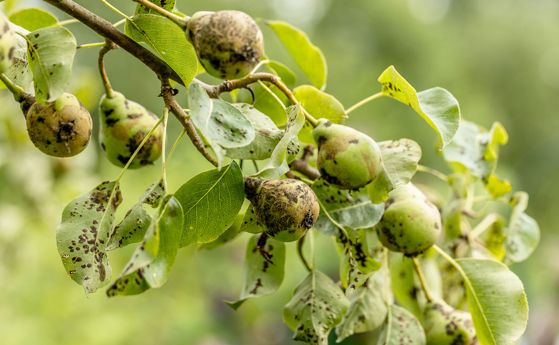
First and foremost, always plant top-quality, healthy nursery stock. Our USDA Organic fruit trees are certified annually and meet very strict standards.
These trees are also naturally disease-resistant, another characteristic to look for in an organic tree. The more disease-resistant the tree is, the less you need to worry about treating it for disease. Even if you do need to resort to using a disease control to stave off a problem, you can most certainly avoid having to use synthetic chemical products. There are especially good OMRI-listed organic solutions for fighting fruit-tree diseases.
Regardless of what you might find elsewhere, always read and follow all labels on the actual product you’re using for application instructions and warnings prior to use.
Preventing and controlling fungal diseases on your fruit trees is every bit as critical as feeding and watering, especially in locations that experience a cool, wet spring. Most fungicides are intended to be used before there’s a problem — it’s always preferable to prevent than to treat. Routine applications of effective products can save you time and money, as can diligently keeping a clean planting site by removing diseased fruit, branches and fallen debris.
Because many disease issues can appear similar (and proper identification is key to controlling any issue), we recommend that you contact your local county cooperative extension and provide photos (or samples) to assist in the identification, and eventually the treatment, of the problem. The following guide is meant to serve as a visual aid to get you on the right path.
8 Common Fruit Tree Issues & How to Treat Them Organically
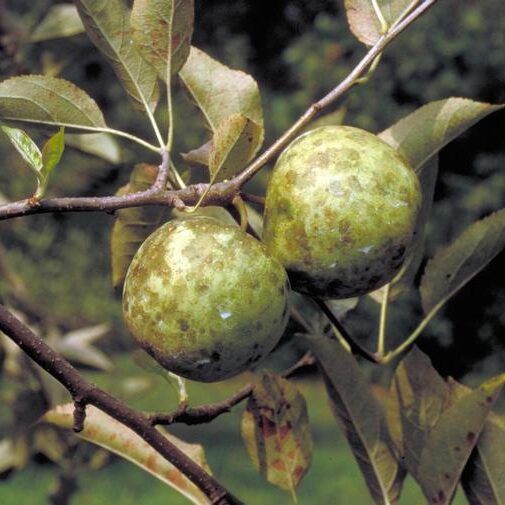
Sooty Blotch/Flyspeck
Affects: apple trees, pear trees
Grayish-black soot-like splotches and/or tiny black specks. Sooty blotch usually shows up in late summer or fall, and is encouraged by normal temperature ranges combined with high humidity. Blotch and flyspeck are not rots; they appear only on the fruit’s surface.
Treatment: First, proactively keep your trees pruned so air can properly circulate. This alone will act as a preventive measure. If this condition appears, you can scrub the surface of the fruit using just water and a little elbow grease. It may not get the skin perfectly spotless, but it cleans off most of the sooty blotch and flyspeck. Alternatively, Monterey Complete Disease Control is effective.
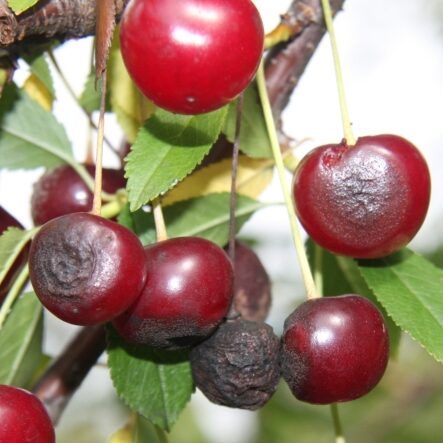
Bitter Rot
Affects: apple trees, pear trees, cherry trees
Not at all uncommon during hot, humid weather. Concentric rings of spores form on the fruit, leading to a foul-smelling rot. The V-shaped sunken spots usually penetrate to the fruit’s core.
Treatment: Monterey Complete Disease Control or a sulfur-based spray. Remove diseased fruit from branches and prune off any cankers found on tree limbs. Contact your local county horticultural extension for advice that’s specific to your growing area.
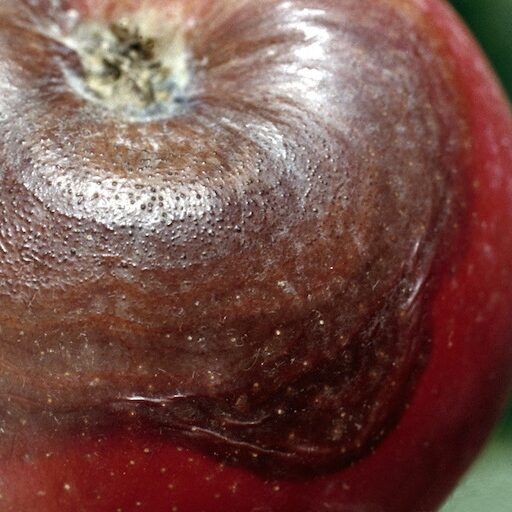
Black Rot
Affects: apple trees, pear trees
Black rot is a particular problem in the Southeastern states, and with grapes. Leaves will display a target-like leaf spot; as the season progresses, dark rot will become visible on the fruit bottom in rings, which eventually turn the fruit completely black.
Treatment: Monterey Complete Disease Control. Prune out dead wood and remove fallen debris under trees and grapevines. . Contact your local county horticultural extension for advice that’s specific to your growing area.
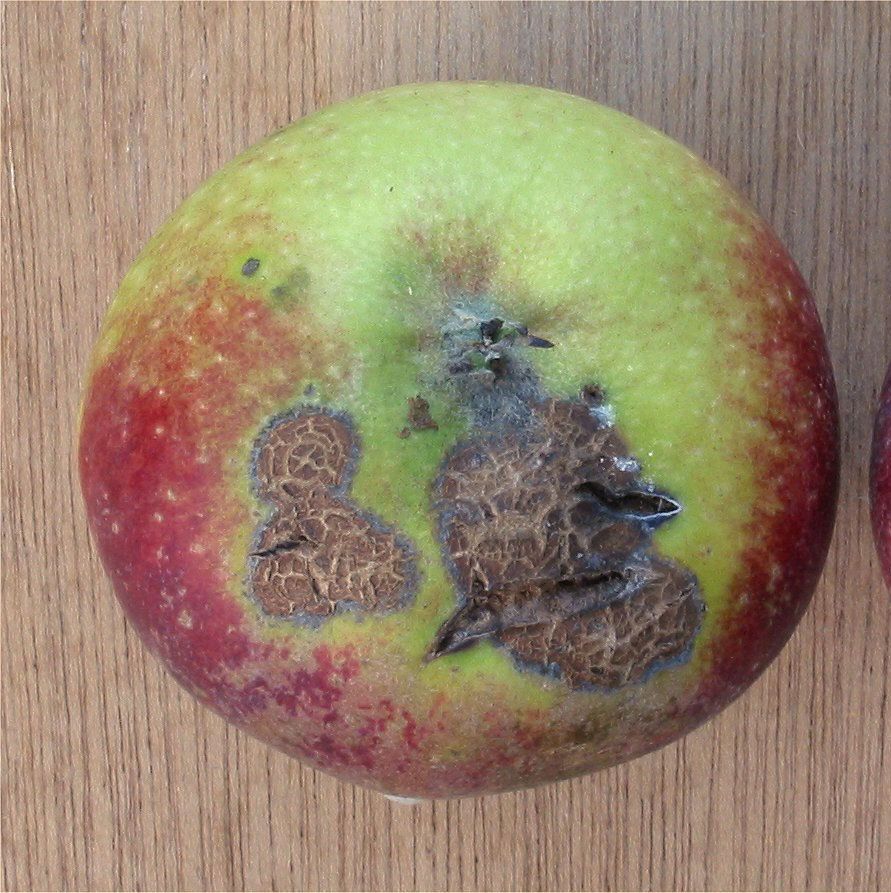
Scab
Affects: apple trees, peach trees
Black, scab-like spots on both fruit and foliage. Cool, wet weather provide prime conditions for scab. If you spot scab, it must be treated throughout the season to prevent crop failure. Choosing a scab-resistant variety is the best prevention.
Treatment: Monterey Complete Disease Control (for Apple, Cherry, and Walnut trees) or a sulfur spray. Rake and destroy fallen leaves to reduce the amount of disease that will carry over to the next year. Contact your local county horticultural extension for advice that’s specific to your growing area.
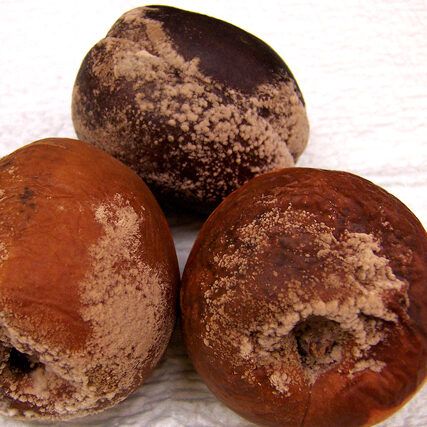
Brown Rot
Affects: apricot trees, cherry trees, peach trees, plum trees, nectarine trees
Brown rot infects stone fruit blossoms, stems and fruit. During summers with higher-than-average rainfall, young fruit that is damaged by insect chewing will develop this condition.
Treatment: Bonide® Copper Fungicide. Remove and/or prune infected tissues and areas on trees. Remove and discard any mummified fruit. You can also experiment with this technique: Get the area as dry as possible, thin out about 1/3 of the leaves, then lightly sprinkle dry powdered milk on the remaining leaves. Contact your local county horticultural extension for advice that’s specific to your growing area.
Learn More About Brown Rot ›
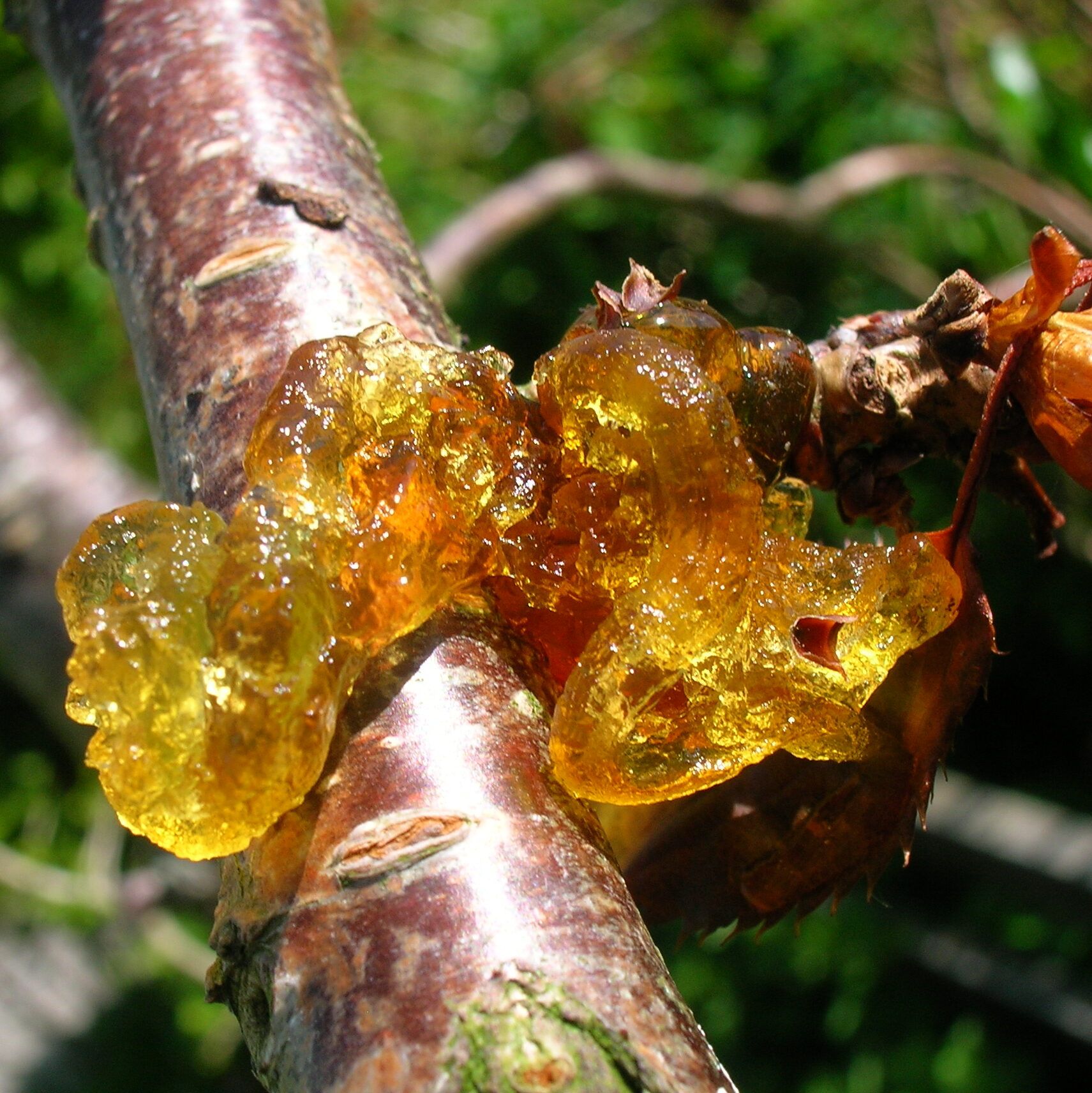
Gummosis
Affects: peach trees, nectarine trees, plum trees
Gummosis causes lesions or “sores” with a thick, oozing orange gelatin-like resin on the trunk, limbs and/or twigs. Young branches may be killed if the condition is allowed to advance.
Treatment: Monterey Fruit Tree Spray Plus. Prune away dead wood and water during dry spells to reduce stress on the tree. Contact your local county horticultural extension for advice that’s specific to your growing area.
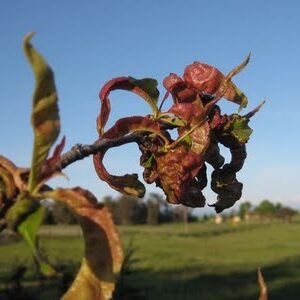
Peach Leaf Curl
Affects: peach trees, nectarine trees
Peach leaf curl presents itself in cool weather, affecting leaves and shoots of new leaves. Look for red spots about two weeks after leaves emerge, then white spores will appear. Leaves will yellow and fall off, and new leaves will emerge. This does not mean the tree is now healthy. For successful control, apply fungicide in early spring before bud swell and/or starting in the late fall after leaves have dropped. Applying fungicide after symptoms appear in leaves will not be effective.
Treatment: Bonide® Copper Fungicide or Monterey Fruit Tree Spray Plus. Contact your local county horticultural extension for advice that’s specific to your growing area.
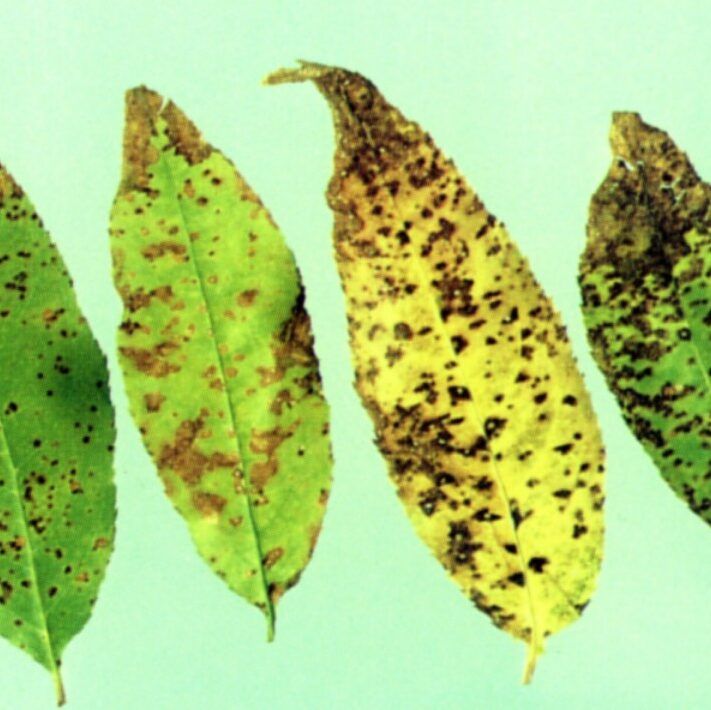
Cherry Leaf Spot
Affects: cherry trees
Sometimes called "shot hole". Yellow, irregular-shaped spots appear near the top of fruit with a light gray mold on the lower leaf surface. The disease will survive winter and reappear, so remove all leaves in the fall. The University of Nebraska recommends a fungicide treatment at petal fall, shuck fall and again two weeks later.
Treatment: Bonide® Copper Fungicide or Monterey Complete Disease Control (for Apple, Cherry, and Walnut trees). Contact your local county horticultural extension for advice that’s specific to your growing area.

